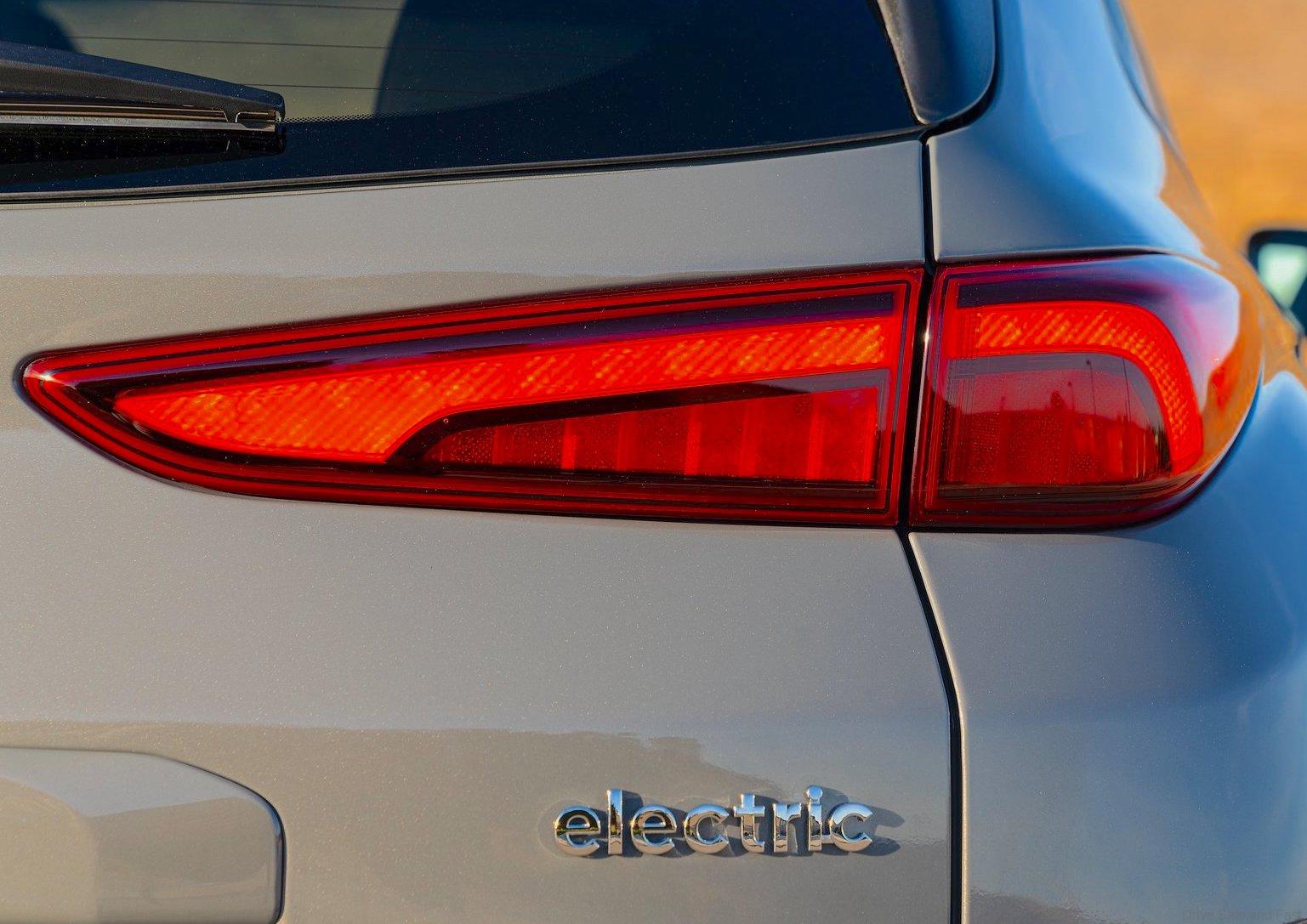Will electric cars ever be more cost effective than their petrol counterparts?
A recent report from comparethemarket showed many reasons why the electric car market is still far from being efficient to our planet, efficient to the user and also efficient to any country chasing for a high electric car ownership.
Picture the time it takes a child to complete their education which is from their first day of kindergarten through to the graduation cap throw at the end of high school.
If you bought an electric car today it would take just as long to become more cost effective than their petrol guzzling counterparts, according to new research from Compare the Market.
The comparison site analysed the average lifetime running costs of an electric car, compared with petrol and hybrid models of the Hyundai Kona SUV (the Hyundai Kona is sold in three variants in some countries, a hybrid, a petrol and also a full battery powered) to determine the most affordable model over time.





The data revealed that despite there being an almost USD17,000 difference in purchase price between the electric and petrol models, the electric counterpart works out to be cheaper in the long run. The catch? You would need to own the car for 13 years before those cost benefits became clear. By comparison, the average lifespan of a car in the United States is just less than 12 years.

So, what makes them so expensive? If it we not for the high manufacturing costs (almost 50 percent higher than that of a petrol vehicle), they would be the cheapest by a long shot.
Still, we have seen the large investments being put forward by major auto manufacturers to produce brand new electric vehicles, of all types and for all segments.
Compare the Market found that in the US, the petrol-powered Hyundai Kona cost around 300 percent more in annual refuelling costs (USD1,076.25) than it did to recharge the electric version of the Hyundai Kona (USD270).
As for the hybrid equivalent, the purchase price sits between the other two models at USD33,238. The long-term running costs exceed that of the electric car (EV) after just 5 years of ownership, however they never become more affordable than the petrol model.




Emissions also play a big part in many consumers’ purchasing decisions. Compare the Market found that at 13 tonnes each, the process of manufacturing both hybrid and electric vehicles actually produces more carbon dioxide (CO2) than the manufacturing of petrol engine vehicles (10.5 tonnes).
However, EVs produce no emissions, and in just two years a petrol car will generate more CO2 emissions than its electric cousin will over its lifetime (including the emissions from manufacture). Hybrid car emissions don’t drop below that of petrol until approximately 4 years after purchase.
Data released by non-profit organisation Veloz last year revealed that US EV sales in the first quarter of 2021 were 35 percent higher than the same period in the previous year. Australia, by comparison, had a 169 percent increase YoY for Q1 and Q2 combined.
Despite the rising number of EVs being sold, the question of affordability remains. Forbes reports that rapid EV battery innovations are reducing the manufacturing costs at such a rate that they will be significantly cheaper to buy in just a few years.
However, there are other mounting issues with EV battery manufacturing, namely, raw material shortages and research and development costs.
When that finally happens, electric cars will pay off much sooner. A win for the environment and your bank balance.